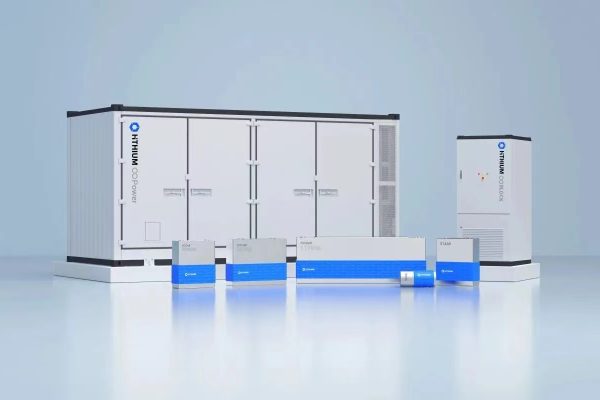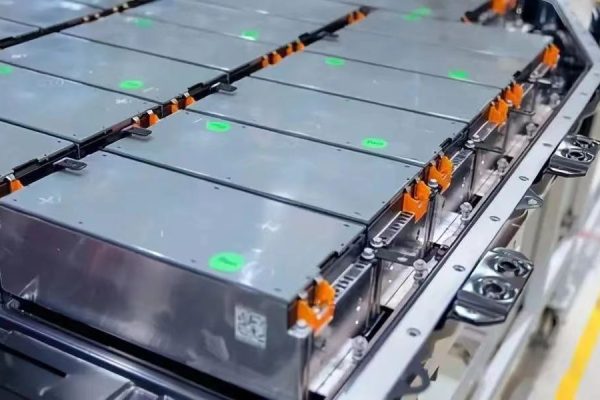Balancing Budget and Reliability in Small to Mid-Scale Projects
The Procurement Dilemma
As a system buyer or project developer, you’ve likely faced this classic trade-off:
Do you go for the cheaper inverter to stay within budget — or invest in a higher-end model that promises longevity and better performance?
For small to medium enterprises (SMEs) dealing with projects in the 3–100kW range, this isn’t just a technical question — it’s a business risk.
In this article, we’ll break down how to think about cost vs. quality in inverter procurement, what indicators matter, and how to avoid expensive mistakes down the line.
1. What Really Makes an Inverter “High Quality”?
It’s not just brand reputation or origin. High-quality inverters tend to show strength in the following areas:
| Aspect | High-Quality Inverter Indicators |
|---|---|
| Thermal Management | Effective fan/passive cooling, low derating at high temps |
| Component Selection | Grade-A IGBTs, capacitors, transformers, PCB protection |
| Firmware Stability | Smooth MPPT tracking, fast fault recovery, minimal bugs |
| Grid Compliance | Certified for IEEE 1547, EN 50549, UL1741 SA, etc. |
| Communication Protocols | Modbus/TCP, Sunspec, CAN, RS485 with flexible integration |
| Warranty & Service | 5–10 years, with real support channel and spare parts access |
Tip: Many “low-cost” inverters cut corners on internal components that don’t show up until year 2 or 3.
2. What Drives Inverter Pricing?
| Cost Driver | Impact on Price | Common Trade-Offs |
|---|---|---|
| Power Density (kW/kg) | ↑ | Smaller casing = higher cost |
| Cooling Method | ↑ or ↓ | Passive = larger/heavier; fan = cheaper/smaller |
| Processor & DSP Capabilities | ↑ | Better performance = higher cost |
| Certification Cost | ↑ | Global compliance (e.g., UL, CE, SAA) costs money |
| Local Support Infrastructure | ↑ | Price includes distributor margin & service network |
| Brand Markup | ↑↑ | Premium names charge more regardless of internals |
Cheaper isn’t always worse — but when cost drops too low, you’re likely losing firmware robustness or component lifespan.
3. Risk Factors with Ultra-Low-Cost Inverters
If you’re considering inverters under market price by 20–40%, consider these risks:
- ❌ Shortened lifespan: Electrolytic capacitors fail after 2–3 years
- ❌ Communication instability: Poor protocol implementation = integration nightmare
- ❌ No support: No firmware updates, no service team, no spare parts
- ❌ Frequent alarms/trips: Can destabilize the entire PV+ESS system
- ❌ No certification: You may face regulatory rejection on-site
For exporters, selling substandard inverters may damage trust and lead to expensive replacements.
4. Smart Ways SMEs Can Optimize Both Cost and Quality
You don’t always need top-tier brands. Instead, try this:
✅ Target Mid-Tier Manufacturers with:
- Solid track record (≥5 years)
- Full grid certifications (IEEE/EN/VDE)
- Clean layout inside (check PCB & heatsink spacing)
- Transparent documentation & real-time support
✅ Buy Only What You Need:
- Avoid oversizing or buying grid functions you don’t need (e.g., LVRT for off-grid)
- Select models with optional features, not built-in ones if unused
- Consider hybrid inverters with modular MPPT if load shifts are predictable
✅ Negotiate Volume + Support:
- For 10+ unit orders, ask for:
- Free spare fans/boards
- Extended warranty (≥5 years)
- Priority firmware customization
Remember, a good mid-range inverter + strong support outperforms a name-brand unit with poor integration.
5. A Procurement Checklist SMEs Can Use
| Criteria | Yes/No |
|---|---|
| Verified grid certifications for your target country | ✅ / ❌ |
| Warranty ≥ 5 years? | ✅ / ❌ |
| Real support contact (email/phone tested)? | ✅ / ❌ |
| MTBF > 50,000 hours? | ✅ / ❌ |
| Remote firmware update possible? | ✅ / ❌ |
| Thermal derating curve shared? | ✅ / ❌ |
| Protocol: Modbus RTU/TCP working with EMS? | ✅ / ❌ |
| Internal PCB layout checked? | ✅ / ❌ |
It’s Not About the Cheapest, But the Most Suitable
For SME buyers and system integrators, inverter procurement is about total cost of ownership, not just upfront price.
A “cheaper” inverter may cost you more in downtime, replacements, and customer complaints.
Look beyond the label. Ask the right questions. And don’t be afraid to walk away from a low-cost unit if the risk-to-margin ratio doesn’t work in your favor.









